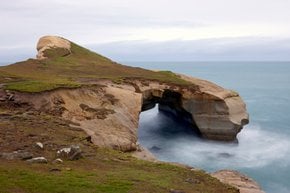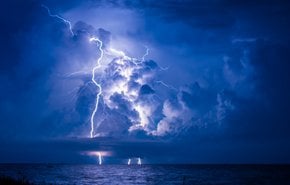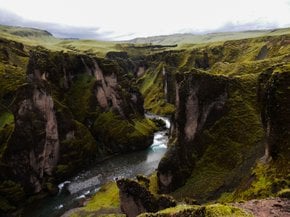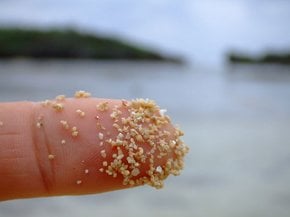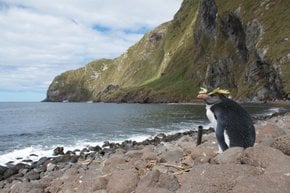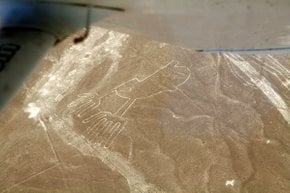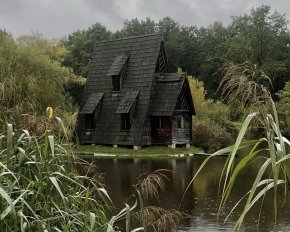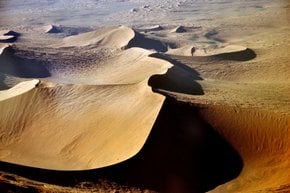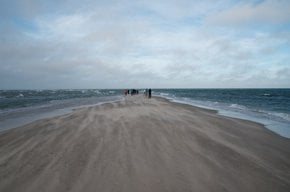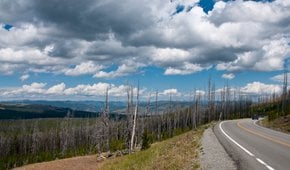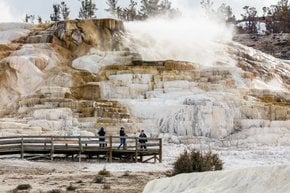Grand Prismatic Spring in Yellowstone National Park 2026
As the name implies, this is the largest and possibly the most spectacular hot spring in the USA
Best time: June–August
Grand Prismatic Spring, located in Yellowstone National Park’s Midway Geyser Basin, is the largest hot spring in the United States and the third largest in the world. With a diameter of approximately 370 feet (about 110 meters) and a depth exceeding 121 feet (around 37 meters), it is larger than a football field.
Unique Features and Coloration
The striking hues of Grand Prismatic Spring come from thermophilic bacteria living in the progressively cooler water around the spring. These microorganisms produce pigments that range from deep red and orange in summer to darker green hues in winter.
The center of the spring remains an intense blue due to the way water scatters sunlight, reflecting shorter blue wavelengths more prominently. The spring’s temperature is estimated to be around 160°F (70°C), making it one of the many geothermal wonders in Yellowstone.
Visiting Conditions
Access to Grand Prismatic Spring is free with a Yellowstone National Park entrance pass, which costs $35 per vehicle for a seven-day visit. Visitors can explore the area independently by following designated boardwalks that provide safe viewpoints of the spring and other thermal features in Midway Geyser Basin. The site is open year-round, though road access may be limited in winter due to weather conditions.
Best Time to Visit
The best time of the year to visit the Grand Prismatic Spring is summer. The colours are at their brightest when the mats turn red and orange, and blue water contrasts with them. Moreover, summer months are generally better for getting around the park, and in terms of weather. Visitors also share some tips regarding the timing of the day, suggesting to be in the area at around noon for brighter colours and thus better pictures.
Activities and Viewing Points
Visitors can experience Grand Prismatic Spring from two primary vantage points:
Boardwalk Trail
A short, accessible wooden walkway that circles around the spring, offering close-up views. Staying on the boardwalk is mandatory for safety reasons, as the ground in the basin is fragile and the water is dangerously hot.
Fairy Falls Trail Overlook
A 0.5-mile (0.8 km) hike from the Fairy Falls trailhead leads to an elevated viewpoint, providing a panoramic view of the spring’s full spectrum of colors. This trail is recommended for those seeking a better perspective and photographic opportunities.
Suitability for Families and Pets
While the area is family-friendly, visitors with young children should exercise caution, as there are no barriers beyond the boardwalk. Running, pushing, or stepping off the designated paths is strictly prohibited due to the extreme temperatures and unstable ground. Pets are not allowed on boardwalks or trails within the Midway Geyser Basin for safety and environmental reasons.
Getting There
Grand Prismatic Spring is accessible by road and is located approximately 25 miles (40 km) from Yellowstone’s West Entrance and about 8 miles (13 km) from Old Faithful. Parking at Midway Geyser Basin is limited, especially between 10 a.m. and 6 p.m. Visitors are advised to arrive early or later in the day to avoid peak crowds.
Nearby Infrastructure and Amenities
Parking is available, but it fills up quickly, with additional spots found along the main road. Restrooms are located near the parking lot. There are no food services at the site, but restaurants and lodging can be found in nearby areas like Old Faithful Village or West Yellowstone.
For camping, the nearest campgrounds are Madison Campground, about 14 miles (22.5 km) away, and Grant Village Campground, approximately 22 miles (35.4 km) away. While there are no picnic tables at Midway Geyser Basin, designated picnic spots can be found in other areas of the park.
Historical and Scientific Significance
Grand Prismatic Spring is not only a geological wonder but also a site of scientific research. In 1968, microbiologist Thomas Brock discovered thermophilic bacteria in Yellowstone’s hot springs, which later played a crucial role in the development of DNA sequencing and medical advancements. The microbial life in these extreme conditions continues to be studied for its potential applications in biotechnology and astrobiology.



























